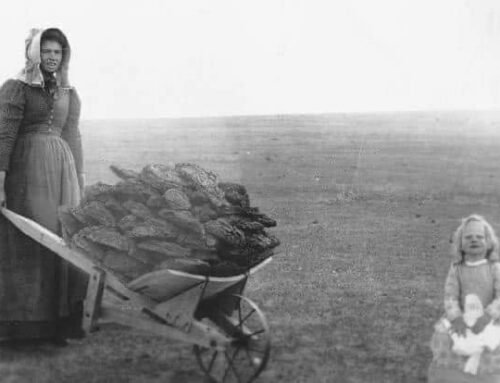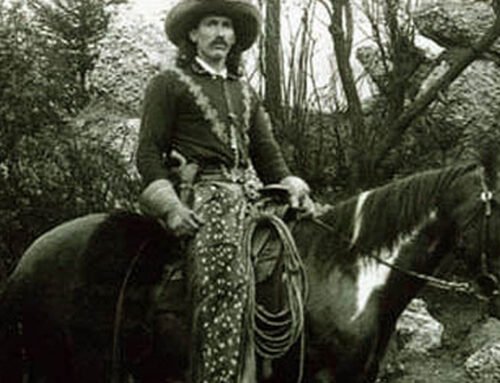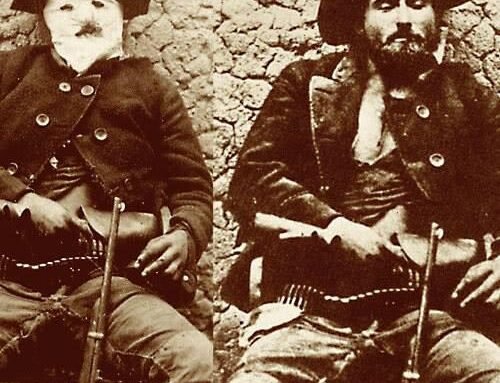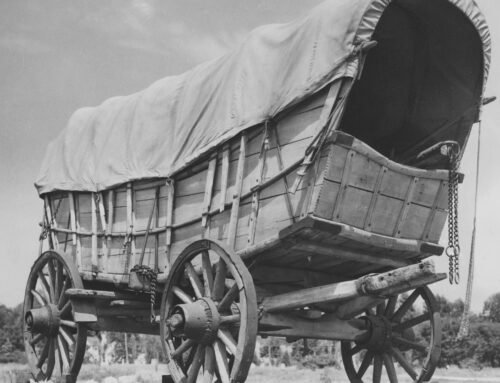Native American feathers
By western author Nick Brumby
 “That is why the Indian is always feathered up, he is a relative to the wings of the air.”
“That is why the Indian is always feathered up, he is a relative to the wings of the air.”
—Black Elk, Oglala Lakota Sioux
For a Native American warrior his or her story was written in their feathers. Respect, honor, loyalty, freedom, truth, wisdom, fertility, trust, power and achievements were all displayed proudly in a feathered headdress.
Feathers were almost a language of their own. For example, a feather placed upright on top of a warrior’s head indicated he had captured an enemy—one for every captive. A feather angled by 30º – 40º proclaimed that the owner had taken one or more scalps. Feathers set low on the head signified battle leaders.
Feathers are so important to native American tribes that the warrior with the most feathers in his warbonnet is usually the chief.
Feathers represented the native American affinity to nature, to animals, and especially to birds of all types. Feathers are perceived as gifts from the sky, the sea and the trees. For native American tribes feathers are also associated with spirituality, guidance, transformation, powerlessness, and vulnerability.
 For Native American warriors, feathers were given as a sign of respect and honor. Native Americans who had a personal accomplishment or achieved something great for the tribe was often given feathers by chiefs or elders as a symbol of strength.
For Native American warriors, feathers were given as a sign of respect and honor. Native Americans who had a personal accomplishment or achieved something great for the tribe was often given feathers by chiefs or elders as a symbol of strength.
Native American warriors would be given feathers by their tribes for when they went on a successful warpath. While each tribe gave feathers their own unique meaning and significance, some values were shared by all tribes.
One example is the eagle feather. Eagle feathers are sacred to virtually all Native American nations as they symbolize victory in battle, physical strength, honor and respect.
 The highest honor to be bestowed on an American Indian is to be given the feather of a Golden or Bald Eagle.
The highest honor to be bestowed on an American Indian is to be given the feather of a Golden or Bald Eagle.
Eagle feathers are highly protected in the United States under U.S. law, but special exceptions exist for Native Americans who wish to possess and pass down an eagle feather within specific conditions according to their culture, religion, or tradition.
Native Americans believe that eagles have a special connection with the heavens since they fly so high. Many believe that if they are given an eagle feather, it is a symbol from above. They believe that the eagle is the leader of all birds, because it flies as high as it does and sees better than all the birds.
To earn an eagle feather, a warrior must show courage under great hardship and find that they are deserving of such recognition from the tribe’s elders, such as when they took coup or were particularly brave in battle.
The feathers themselves should come from eagles that were killed with weapons made by members of the same nation rather than just found dead naturally on the ground.
 Feathers play an important role in the everyday lives of Native Americans and are worn proudly. It is disrespectful to hide feathers away in a drawer or a closet, and they are a constant reminder to other tribe members of how to behave.
Feathers play an important role in the everyday lives of Native Americans and are worn proudly. It is disrespectful to hide feathers away in a drawer or a closet, and they are a constant reminder to other tribe members of how to behave.
To a native American an eagle feather is a lot like the American flag — it must be handled with care and can never be dropped on the ground.
Individual feathers can also be cut in a certain way, notched, split or dyed red to convey the history and exploits of the wearer in a way that is immediately recognized by members of other tribes.

For example, a feather with a tuft of horsehair attached indicated a warrior’s first ‘coup’. A coup was one of the greatest honors bestowed upon a warrior – it meant that the brave had gotten close enough to his enemy to touch him and then return to safety.
A feather that had been painted red indicated that the wearer had been wounded in battle. A feather with a notch cut into it meant that the warrior had taken the scalp of his enemy. A feather with a red spot had killed an enemy.
A feather with a diagonal cut at the top indicated that the wearer had cut the throat of his enemy. A feather with a serrated edge indicated that the warrior had ‘counted coup’ four times. A feather with the upper section partially removed indicated that the warrior had ‘counted coup’ five times. A split feather indicated that the warrior had been wounded on several occasions.
Different tribes also had different meanings for their feathers. For example, Cherokee tribes use them in ceremonies to make contact with spirit animals or otherworldly beings. They are associated with the Thunderbird, a powerful and sacred bird believed to bring thunder and rain. Feathers are used in ceremonies to invoke blessings, express gratitude, and seek spiritual guidance.
The Quinault Tribe regard the eagle as their ancestor and as such they give feathers to new mothers who are expecting an ‘eagle child’, in order to honor them. The Hopi believe that feathers represent their link between heaven and earth and symbolize happiness and joy.
 Lakota believe eagles are messengers between heaven and earth because they could see the future. The Iroquois believe the turkey is a messenger that carries prayers to heaven. The Navajo believe that they are given power by wearing an eagle feather which represents wisdom, peace, and life.
Lakota believe eagles are messengers between heaven and earth because they could see the future. The Iroquois believe the turkey is a messenger that carries prayers to heaven. The Navajo believe that they are given power by wearing an eagle feather which represents wisdom, peace, and life.
Different types of bird feathers also have different meanings. A feather from a owl symbolizes wisdom, the ability to see things normally, a creature of the night – silent and swift. The Great Horned Owl was considered by many as an animal of wisdom, death, and renewal, especially among those who live on the Northwest Pacific Coast.
A feather from a bluebird symbolizes happiness and fulfilment, while ravens are considered bringers of the light because they are known to be able to take messages from the spirit world into ours which made them valuable allies.
A feather from a crow symbolizes balance, release from past beliefs, skill and cunning. The falcon is also a symbol of power and might in many tribal cultures. In some tribes, a falcon feather is worn to represent an accomplishment like climbing up a mountain or defeating a rival tribe; while others wore them for protection during war times.
A feather from a dove symbolizes love, gentleness and kindness, while a feather from a turkey symbolizes abundance, pride and fertility.

About Nick Brumby
I like a good story. And of all stories, I love westerns the most.
As a kid, I spent far too many afternoons re-watching Clint Eastwood spaghetti westerns, picking up ‘Shane’ for just one more read, or saddling up beside Ben Cartwright when ‘Bonanza’ was on TV each afternoon.
I’m a former journalist and I love horses, dogs, and the occasional bourbon whiskey. I live with my wife, daughter and our ever-slumbering hound in a 1800’s-era gold mining town – our house is right on top of the last working gold mine in the area. There may not be much gold left, but there’s history wherever you look.
I hope you enjoy my westerns as much as I enjoyed writing them!
Happy trails,
Nick



























